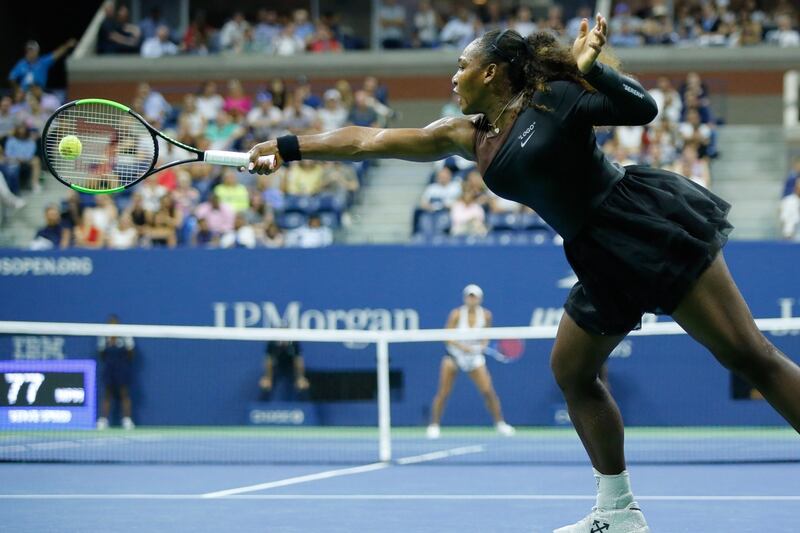The video of the Houston Texans’ cheerleading squad shows them lounging around a swimming pool as they host a backyard barbecue.
As the camera moves among the ladies, some are nibbling strawberries, a few are faux provocatively feeding fruit to each other, all are wearing bikinis. With the cheesy background music and the splash of a water feature in the background, it’s like an outtake from one of Hugh Hefner’s desperately pathetic parties at the infamous Playboy Mansion.
Except these particular women, as denoted by the logos on some of their swimsuits, are employed by an NFL team that somehow regards this kind of pre-season promotional kitsch as part of their job.
At one point in the footage, two of the cheerleaders are standing by the grill talking about choosing turkey burgers over red meat ahead of game day because it’s healthier. A fairly innocuous statement except these women work for the Texans and several of their peers have filed lawsuits against the club alleging they were repeatedly body shamed by the squad director, Altovise Gary.
According to court documents, Gary told one cheerleader she had “jelly belly”, forced another to have her body wrapped with duct tape in order to look thinner, and having examined the puffiness of a team member’s face, wondered aloud whether the woman had eaten “a plate of salt”.
"I stand here today to make sure no other girl or woman has to endure the same humiliation," said Angelina Rosa, a plaintiff who developed an eating disorder after Gary insisted on tightening her body with tape before one match because, in the director's words, she was "skinny fat".
The Texans and the cheerleaders have agreed to go to arbitration rather than court, and Gary has resigned her position after 17 years with the team. But this controversy is about much more than just her constant critiquing of the physical appearance of the women in her charge, one Latina was warned to keep her hair curly or be replaced.
The Texans are only the latest NFL club to be sued for their treatment of cheerleaders. In recent years, the New York Jets, the Cincinnati Bengals, the Oakland Raiders and Tampa Bay Buccaneers have all agreed settlements in similar cases, and the Buffalo Bills disbanded the cheerleading squad altogether following class action litigation by five former employees.
With the Texans and the others, the allegations always involve serious levels of exploitation. When she was launching her lawsuit against Houston earlier this summer, victim’s rights lawyer Gloria Allred held up a t-shirt that read $7.25, illustrating the fact these women were paid minimum wage for their 30 hours per week job.
Worse again, when factoring in that they were supposed to be available to the club outside of game days and training sessions, and keeping up a constant presence on social media, Allred alleged they were sometimes taking home 10 cents per hour, an astonishing sum in a sport where the average club is worth $1.4 billion.
Build enthusiasm
“Stop penny-pinching,” said Allred. “Pay these women what they deserve, and be sure you pay them for every minute they work. Players, stand up for your co-workers. Do not stand silently by while these women who dance and work so hard to build enthusiasm and help you win are paid almost nothing while you earn millions of dollars for your efforts.”
That the women on the sidelines are being paid fractions is especially disgraceful when compared to the stratospheric salaries earned by players and executives.
Of course, nobody comes to the stadia just to watch the cheerleading but clubs do make money off them, flogging merchandise bearing their images (calendars and cups are especially popular) and hiring them out to attend events in the community. The latter promotional engagements form another platform of the case alleging exploitation and mistreatment.
When the cheerleaders turn up for a public appearance in their costumes they are not paid for their time and, in some cases, have been subjected to harassment and even physical abuse by fans. The more conscientious teams provide security to prevent such stuff happening as the women pose for photographs with supporters but others don’t and, in certain cases, failed to act when women have filed complaints regarding being touched inappropriately while representing the clubs.
The more stories come out the more we are offered a glimpse of what is a sordid and bizarre demi-monde, a relic from another era. A group of former Washington Redskins’ cheerleaders claim that hanging out with wealthy club sponsors in sexually-charged situations was somehow regarded as part of their job description.
Conversely, the New Orleans Saints had a fraternisation rule that a cheerleader was never to be in the same restaurant as a player and if they found themselves in that situation the onus was on them to leave immediately. Or lose their job.
Of course, wading through the various cases and the litany of tawdry allegations brought over the past few years, there is a larger question not enough people around here seem to be asking.
How is having a group of skimpily clad women gyrating along the sidelines for the titillation of spectators during breaks in play still regarded, not only as acceptable, but as an intrinsic part of the NFL’s sporting culture? That would be the NFL with a historic problem of violence against women. The league where almost half the supporters are women. Answers on the back of a Texans’ cheerleaders’ calendar please.
















